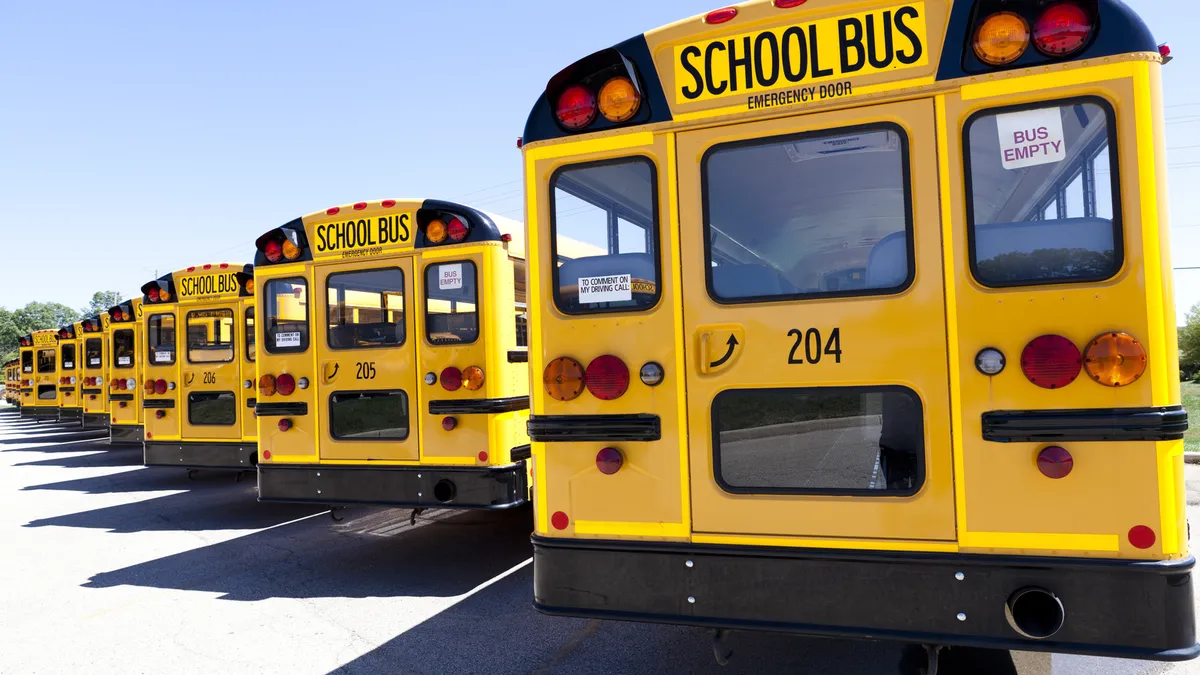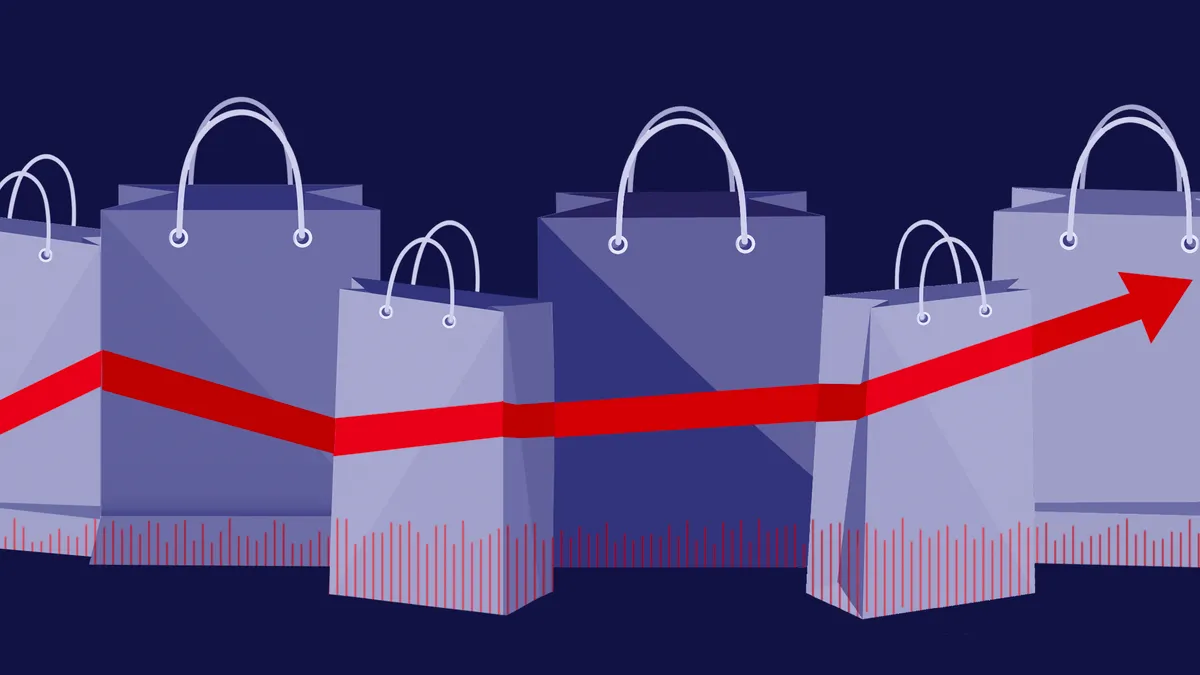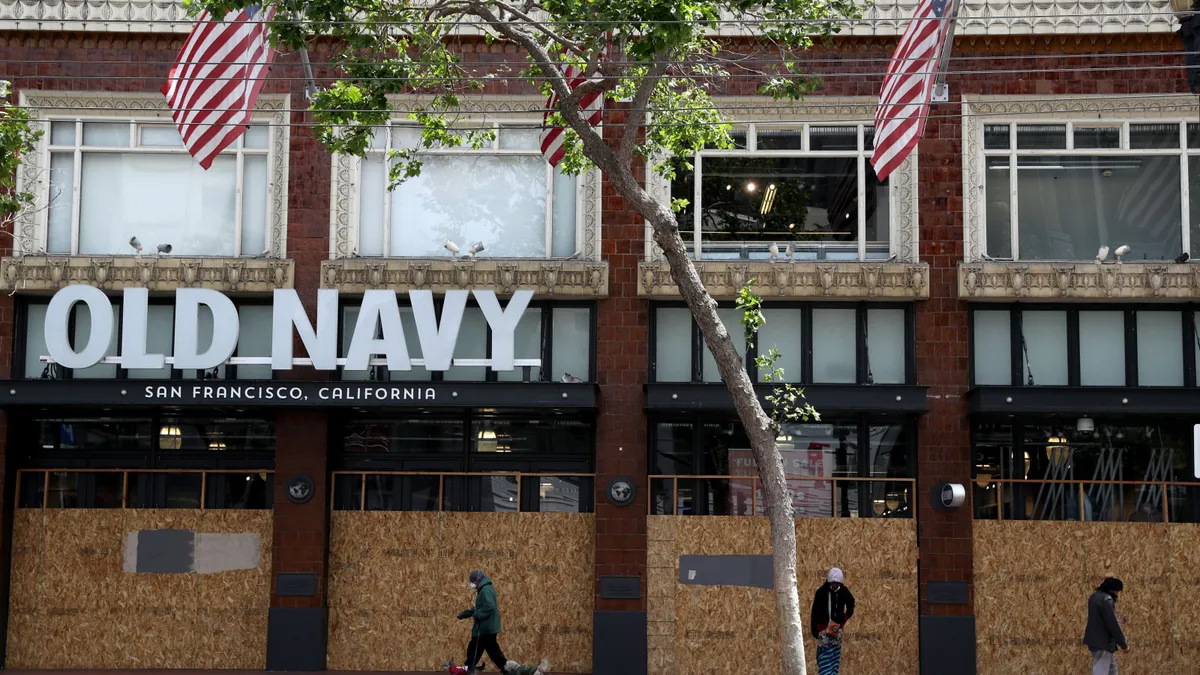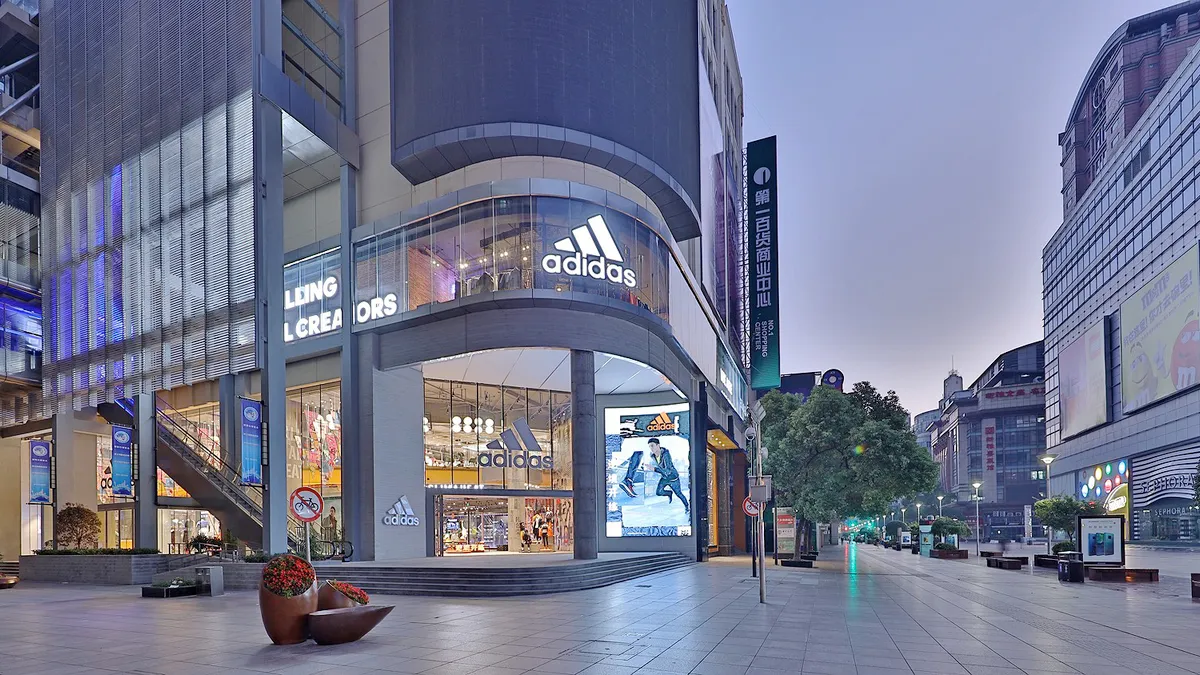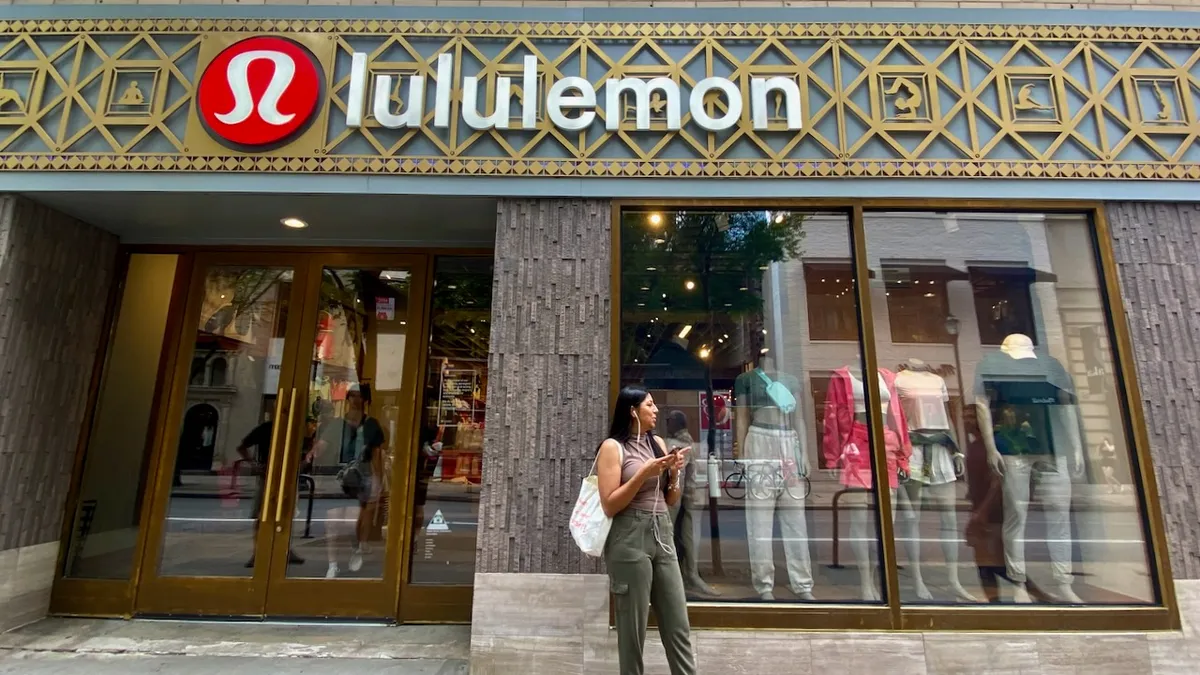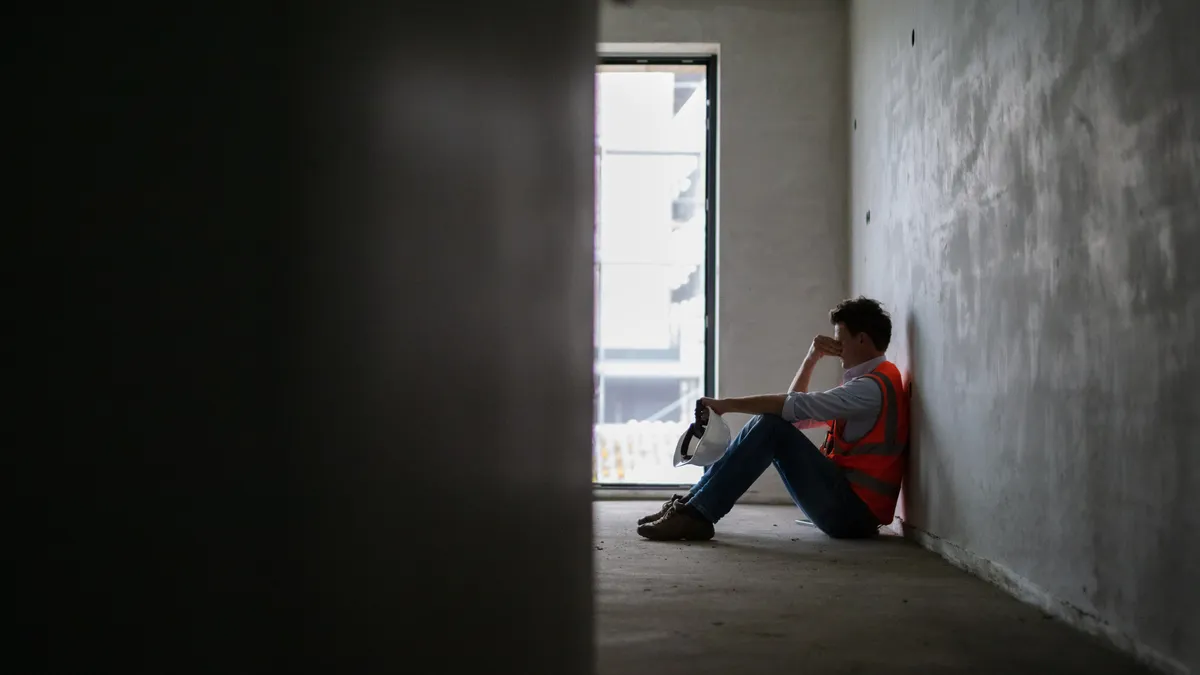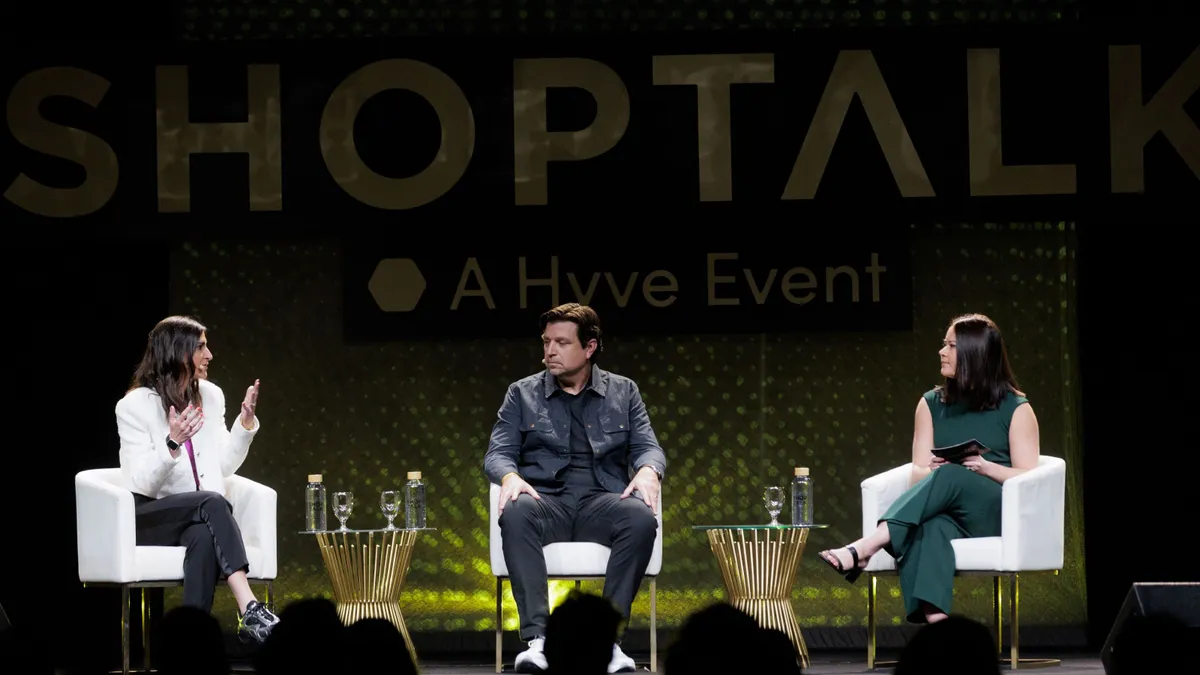This year, the operative word for back to school appears to be “need.” The National Retail Federation has found that parents will be easing up on their back-to-school spending this year because some items they have won’t need replacing. Last year, for example, more than half (58.3%) of parents said they’d buy electronics for their school-age children, and planned to spend an average $212.35 — one of the highest amounts seen in the survey’s history. But because these electronics (hopefully) last more than one school year, that will decrease to $197.24 this year, the survey found.
Deloitte similarly found that 39% of shoppers they surveyed said they will reuse supplies from last year rather than buy new ones, up 26% from five years ago.
Meanwhile, many retailers begin advertising back-to-school sales before school is even out for many kids. And Google has found that consumers start searching for back-to-school supplies (or sales) in May, too. Last year, searches began in May and peaked in August. In 2014, that peak lasted a couple of weeks longer than in 2013, and overall back-to-school searches grew 45% year over year, according to Google.
As retailers are about to enter back-to-school’s peak days, the season seems to be morphing a bit. Retail Dive takes a look at what’s changing during this back-to-school season, and what seems to be staying the same.
What parents are buying
Alliance Data, like the NRF and Deloitte, have found that parents don’t plan to spend much more on school supplies or back-to-school clothes this year. Most of those who do think they’ll spend more say so because the items are more expensive than last year, Alliance found.
Most plan on buying clothes and school supplies, and older children, starting in middle school, need more tech gadgets. But parents and caregivers are being frugal, shopping mostly in discount stores foremost, then department stores and specialty stores, outlet malls, and then sporting goods stores, according to Alliance.
Parents shop in stores, but phones are key
Mobile and e-commerce continue to grow when it comes to getting school supplies, but shopping for school remains a brick-and-mortar activity, with 83% of those purchases involving physical stores, including 7% that will be made online and picked up in-store, according to research from the International Council of Shopping Centers. Some 67% of consumers will spend more this year, compared to 50% who anticipated higher back-to-school spending last year, the study found.
Still, smartphones and the web will be key drivers of back-to-school shopping, according to the ICSC. Some 44% say they’ll use their phone to compare prices, 28% will use digital coupons, 26% will check ratings and reviews, 24% will check product availability, and 17% will email or text friends and family for an opinion about a possible purchase. Millennials are the most likely demographic to use their smartphones while shopping, according to the report.
Mid-summer 'Prime Day' and tax holidays
Amazon sold like mad on Prime Day, the mega-sale it held to celebrate its 20th anniversary. That also launched a slew of competing sales from other retailers, notablely Wal-Mart Stores Inc.
Although these mid-summer sales weren’t billed as back-to-school sales, there were likely many people who did their back-to-school shopping that day, especially considering the many everyday household items that were in the mix, along with the usual big-ticket electronics.
This time of year is also when several states hold “tax holidays,” exempting many items from state sales taxes. This year, 18 states are holding such “back-to-school” tax holidays.
Anti-tax sentiment in the U.S. is high enough that many consumers flock to stores during such times, just to avoid paying money to the government. But savvy consumers may not be persuaded by these holidays alone. Without additional sales from retailers, the savings on sales tax would be somewhere between 5.5% and 9.8%. Even in Tennessee, where the highest sales tax is otherwise charged, that, of course, is not even 10% off. Savvy shoppers may be willing to wait to hit stores when they offer higher percent-off sales.
The weather
The price-conscious American consumer is also pretty touchy about the weather. Retailers suffer when it rains, when it snows, and when it’s cold. Turns out, they also suffer when summer weather is perfect.
Cohen and Company’s Oliver Chen says that hot weather for late July and August will likely send everyone to the beaches rather than the mall. The good news is that right around Labor Day, the weather could cool down enough to send shoppers to stores.
'Back-to-school' is a longer period of time
In its research, Deloitte found that a lingering reluctance among consumers to spend is one reason for a tamped-down back-to-school season this year. But consumers aren’t limiting themselves to that “season,” according to Deloitte. That means that parents are willing to pick things up as-needed throughout the year.
Smartphones and web searches are enabling parents to find sales and they have the patience to wait for prices to be cut, Deloitte says.
Think of Black Friday, which has spread out over more than a day. While retailers eager for sales may have lured in shoppers with special hours and discounts well before the holidays and well past Black Friday, they may be spreading those sales thinly over a longer period of time, and not actually adding to sales in the way they may hope, studies show.
Perhaps consumers are beginning to take a similar approach to back-to-school shopping.
"Consumers are sending a message to retailers that says the back-to-school shopping season just isn't that important anymore," says Alison Paul, Deloitte vice chairman and U.S. retail and distribution leader, told CNBC.



